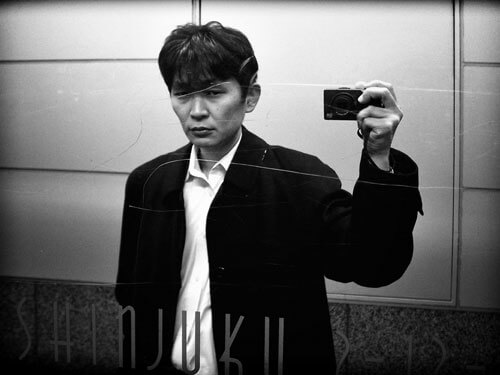Born in 1965 in Tokyo.
Living in Yokohama,nearby Tokyo today.
Started shooting in 2008.
Mainly shooting Tokyo streets,also recently shoot portraits in Tokyo Streets.
My aim to shoot the street is to show how the world is beautiful,interesting,wonderful and sometimes cruel.
By means of photography and through my own eyes with my gear.
I'm so happy and glad when someone feels some emotion when they see my shots.
This year, June 2020, my first book has been published from STEIDL.
'Friction / Tokyo Street'
Selected Awards
2015
LensCulture Street Photography Awards Finalist
Miami Street Photography Contest Finalist
ND Awards Photography Contest 1st Place (Street Category)
2016
San Francisco Street photo contest Finalist
LensCulture Street Photography Awards Finalist
ND Awards 2016 Street Category 1st Place
Steidl Book Award Japan Winner
2017
The Fence 2017 Street Category Winner
The Independent Photographer Competition Winner / May Theme Portrait
London Street Photography Festival 2nd Place,Series Category
LensCulture Street Photography Awards Finalist
2018
Head on portrait prize finalist
Selected Books on

